Traveling with a wheelchair opens doors to incredible experiences, but certain oversights can make the journey far more complicated than it needs to be. Many issues stem from assumptions—like expecting accessibility to be the same everywhere—while others come from skipping important preparation steps. Knowing these common missteps can help travelers avoid unnecessary stress and focus on enjoying the trip.
Here’s a list of 15 mistakes wheelchair travelers often make, along with how to sidestep them for a smoother, more enjoyable journey.
Not confirming accessible transportation in advance

Assuming that taxis, shuttles, or rideshares will have wheelchair access can lead to long waits or expensive last-minute alternatives. In some cities, accessible vehicles are scarce and must be booked days ahead. Even in major travel hubs, the number of properly equipped vans may be surprisingly low.
Contacting transportation companies directly and specifying the type of wheelchair helps avoid miscommunication. Having at least two confirmed transport options provides a safety net if one falls through.
Overlooking the terrain at the destination
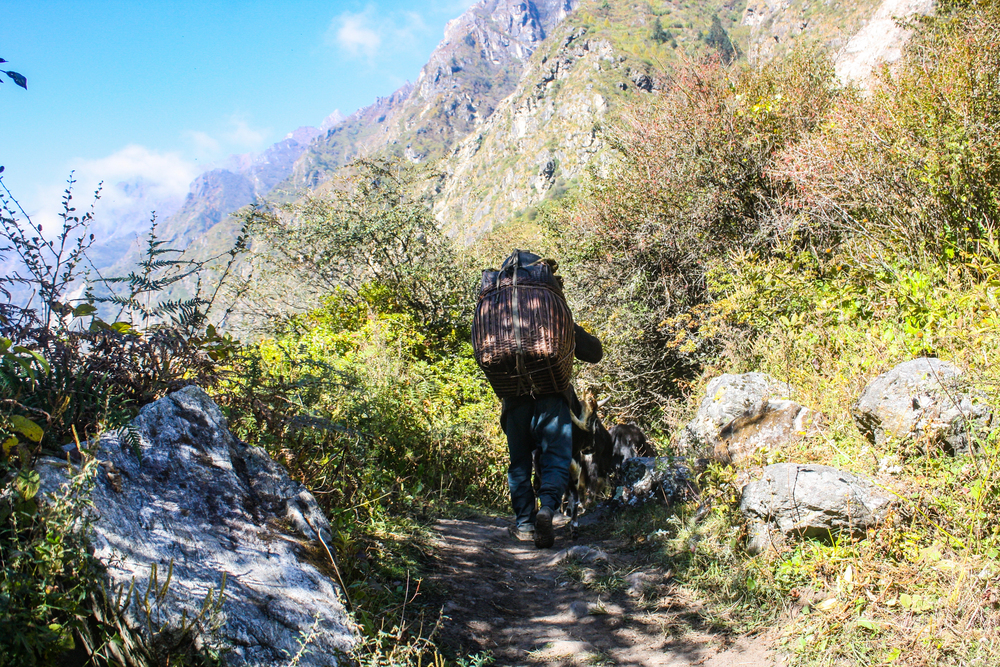
Not all ‘accessible’ destinations are truly easy to navigate—steep hills, cobblestone streets, and uneven sidewalks can turn sightseeing into a physical challenge. Cities like San Francisco, while picturesque, present steep gradients that require extra planning. A simple photo search of streets and tourist areas can reveal potential trouble spots.
Some travelers even use satellite maps to assess accessibility before committing to an itinerary. Factoring in terrain helps prevent exhausting detours.
Like Travel Pug’s content? Follow us on MSN.
Forgetting to check hotel bathroom layouts

A hotel might advertise itself as accessible but still have bathrooms with narrow doorways or awkwardly placed fixtures. Roll-in showers without adequate grab bars or with fixed showerheads can make bathing difficult. Photos on booking sites rarely show enough detail to confirm usability.
Calling the property directly and requesting measurements or updated pictures is often the only way to be sure. This step can prevent unwelcome surprises after a long day of travel.
Assuming all tourist attractions are equally accessible
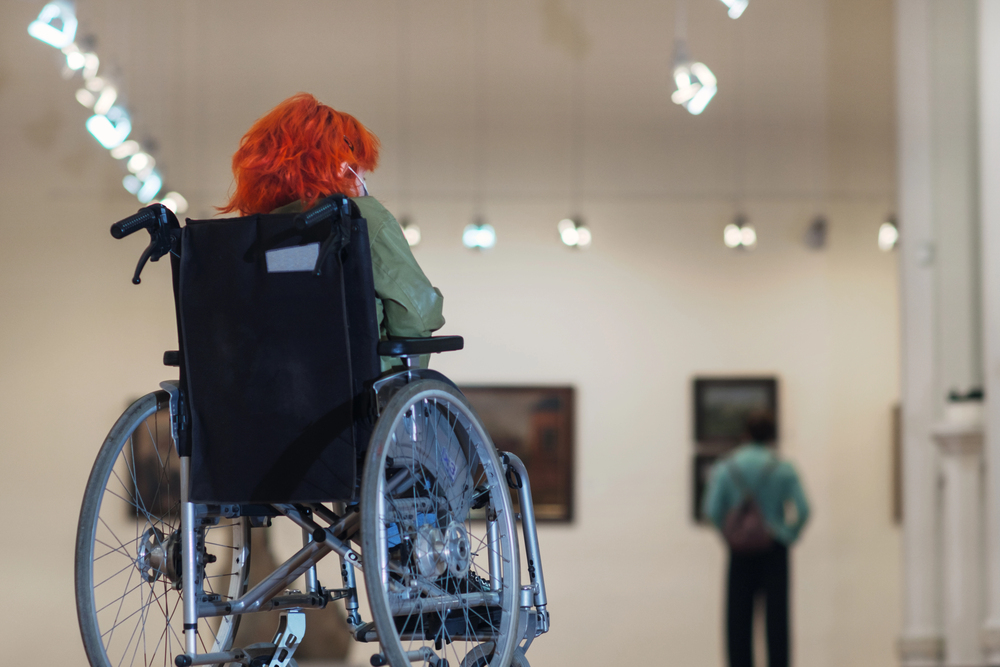
Even in countries with strong disability laws, some museums, parks, or historic sites have limited access to certain areas. Ramps might be temporary and steep, or elevators may not reach every floor. Checking each attraction’s accessibility page and reading recent visitor reviews can highlight these gaps.
Some travelers arrange private tours to gain better access to restricted sections. Knowing the limitations in advance helps manage expectations and avoid frustration.
Skipping spare parts and repair tools
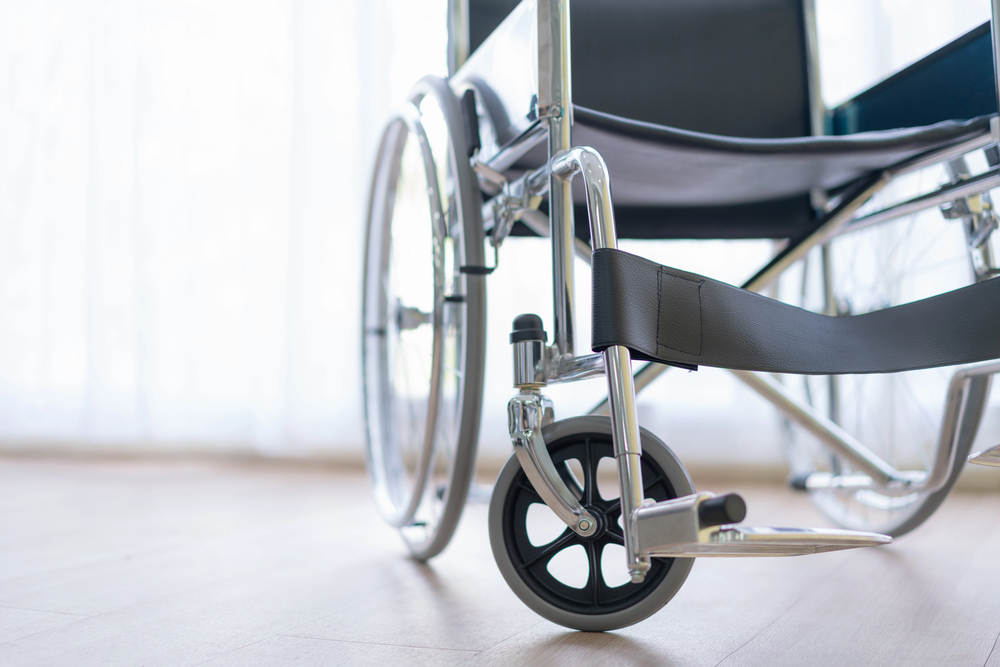
Wheelchairs, especially powered ones, can be difficult to fix abroad if something breaks. Many travelers don’t carry spare parts like inner tubes, charger adapters, or a small toolkit. While it’s possible to find repair shops in large cities, remote areas may have no such services.
A basic repair kit takes up little space and can prevent a trip from being cut short. Even duct tape and zip ties can provide temporary fixes until professional help is available.
Like Travel Pug’s content? Follow us on MSN.
Ignoring wheelchair weight restrictions on flights
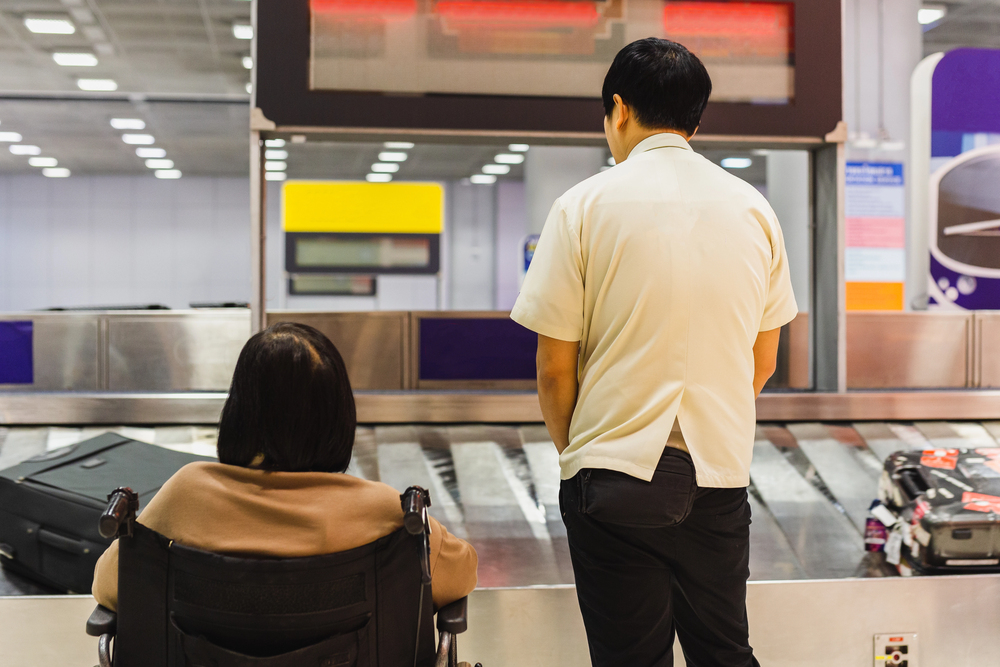
Airlines have strict rules about the size and weight of mobility devices, particularly for smaller regional planes. A wheelchair that exceeds the cargo hold dimensions may need to be partially disassembled. Travelers who don’t confirm these details in advance risk delays or even being bumped to a later flight.
Checking airline policies for both departure and return flights is essential. This also gives time to arrange protective covers for the chair during transit.
Not preparing for inaccessible restrooms
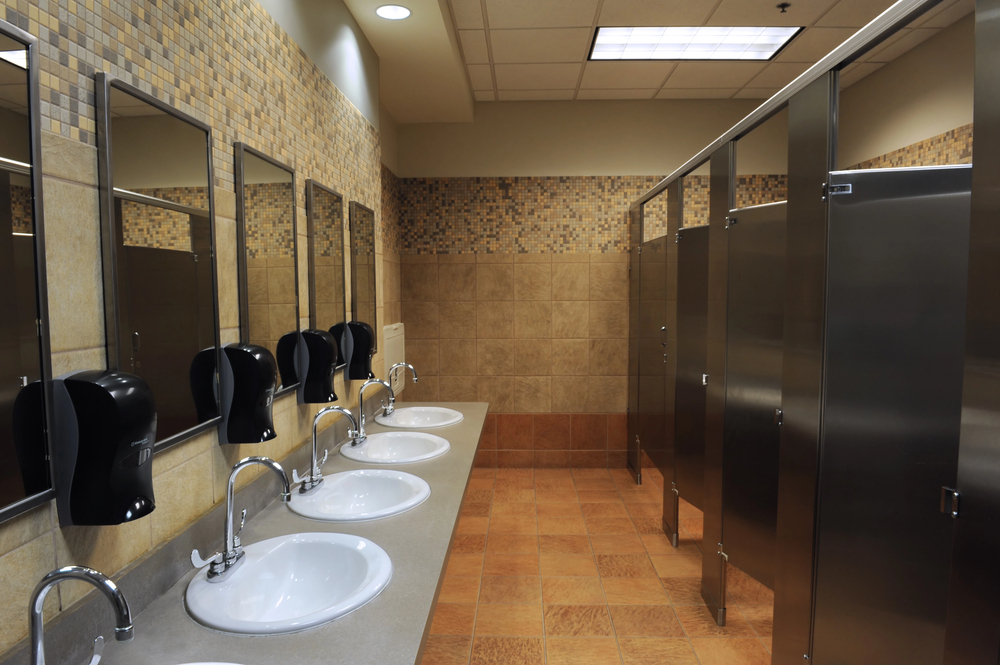
In many countries, public restrooms are smaller than those in the U.S., with narrow stalls and tight doorways. Some train stations and tourist areas still have steps leading to the only available bathrooms. Downloading maps of accessible restrooms or using apps that list them can save time.
Travelers often plan restroom stops around known accessible facilities. Skipping this step can mean a long, uncomfortable search in an unfamiliar place.
Booking layovers without enough time
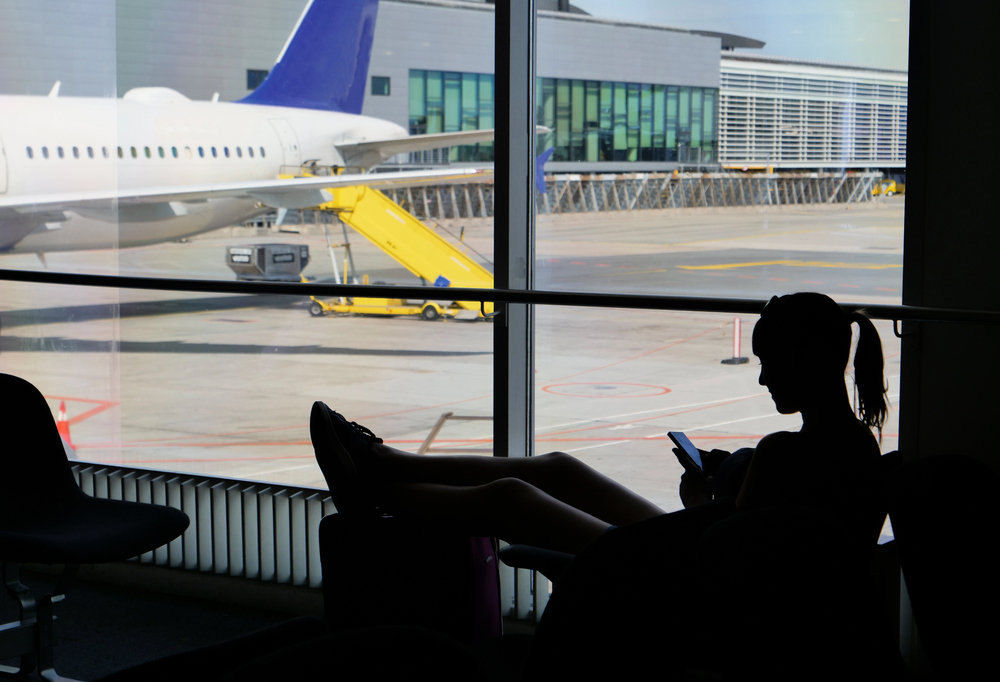
Connecting flights can be tricky for wheelchair users, especially in large airports where accessible routes take longer to navigate. Short layovers might not allow time for gate transfers, restroom breaks, or security re-checks. Airline staff may also need extra time to load and unload mobility devices.
A longer layover, even if slightly inconvenient, reduces the stress of rushing through terminals. This buffer becomes even more important when traveling internationally.
Like Travel Pug’s content? Follow us on MSN.
Failing to research local accessibility laws

Not every country enforces accessibility requirements the same way. Some places have few legal protections for travelers with disabilities, meaning businesses are under no obligation to provide ramps, lifts, or accessible seating. Knowing the local rules can help adjust expectations and plan accordingly.
Travelers may need to book more private transportation or stay in newer hotels built to modern codes. This knowledge helps avoid situations where ‘accessibility’ is more of a suggestion than a standard.
Underestimating battery charging needs
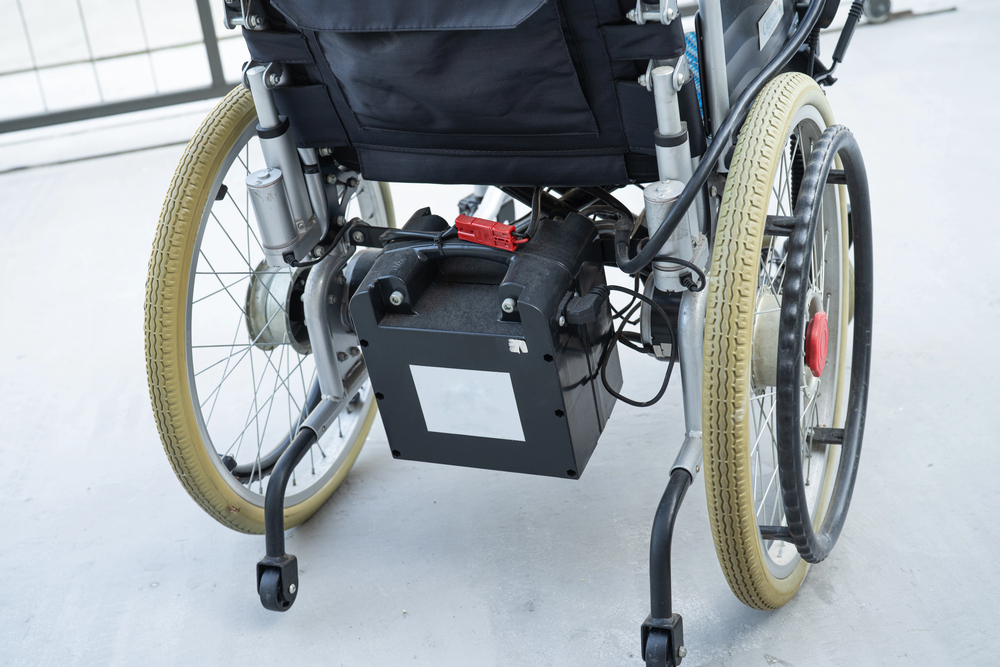
For powered wheelchairs, access to compatible outlets and voltage converters is crucial. Some countries use power systems that require specialized adapters not found in local stores. If a wheelchair battery runs low without a way to charge, mobility is severely restricted.
Carrying a lightweight backup charger or portable battery can make a big difference. Planning charging times into the daily schedule ensures the chair is ready for full use each day.
Not labeling the wheelchair clearly
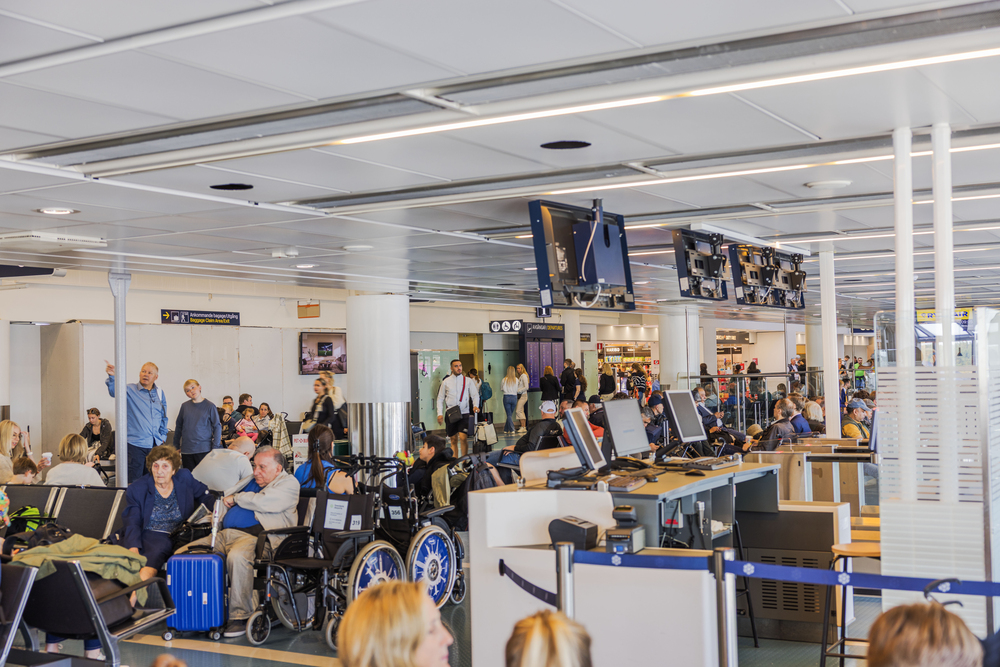
When gate-checking a wheelchair, luggage tags alone may not be enough to prevent mix-ups. Adding a durable, clearly printed label with the traveler’s name, contact details, and destination helps airport staff identify it quickly. In busy travel periods, mobility devices can get misplaced just like suitcases.
A simple label increases the chances of a fast recovery if it gets routed incorrectly. Bright tape or a unique color marker can make it stand out further.
Like Travel Pug’s content? Follow us on MSN.
Skipping travel insurance that covers mobility devices
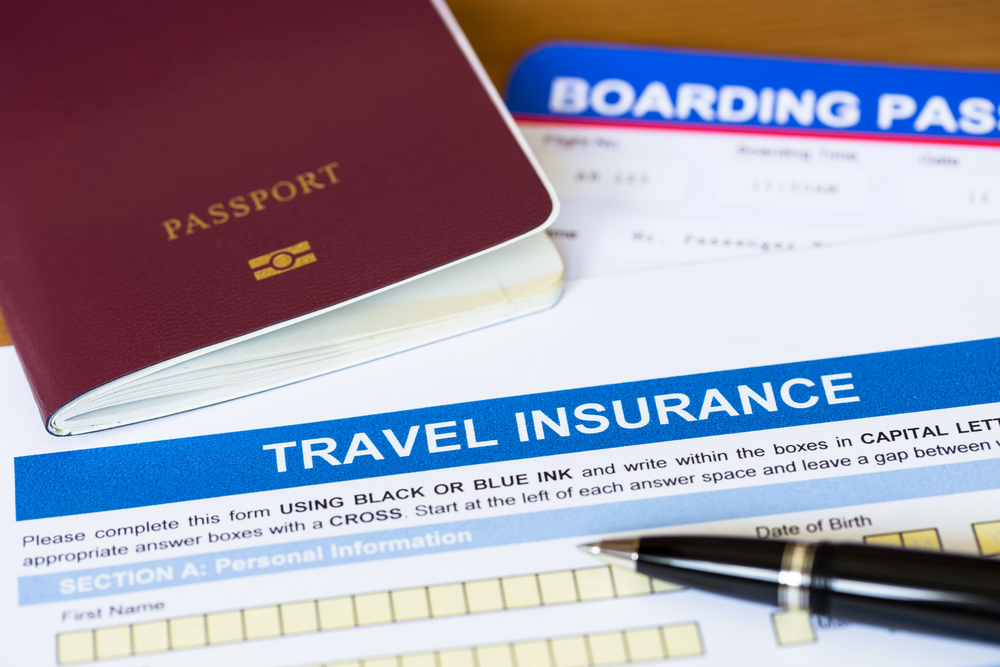
Some travelers opt for basic travel insurance that covers only medical emergencies, forgetting that wheelchairs can be costly to repair or replace. If a device is damaged in transit, having coverage for its value can prevent massive out-of-pocket expenses.
Specialized policies often include coverage for rentals while repairs are made. This extra step ensures the trip can continue even if the primary chair becomes unusable. Considering the investment in a quality wheelchair, insurance is worth the peace of mind.
Overpacking and limiting maneuverability

Bringing too much luggage can make it harder to navigate narrow hotel rooms, elevators, or public transportation. Large bags also add weight and bulk when transferring between locations. Keeping gear minimal allows for easier movement and less strain during transfers.
Soft-sided bags that fit on the wheelchair’s back or under the seat work best for mobility. Streamlining packing also speeds up security checks at airports.
Forgetting to notify airlines about assistance needs
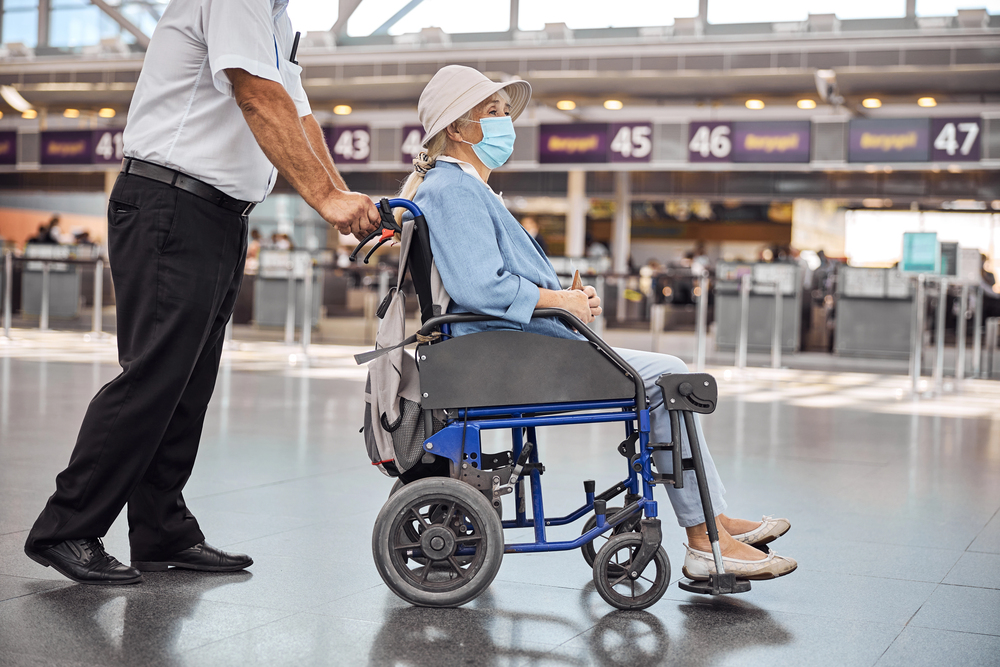
Airlines require advance notice to arrange boarding assistance, aisle chairs, or priority seating. Failing to inform them at booking—or at least 48 hours before the flight—can mean less help available on travel day. Even if a traveler is mostly independent, extra assistance speeds up boarding and reduces stress.
This is especially important for long-haul flights with tight seating arrangements. Clear communication ahead of time ensures a smoother start to the trip.
Like Travel Pug’s content? Follow us on MSN.
Assuming all travel companions understand accessibility needs
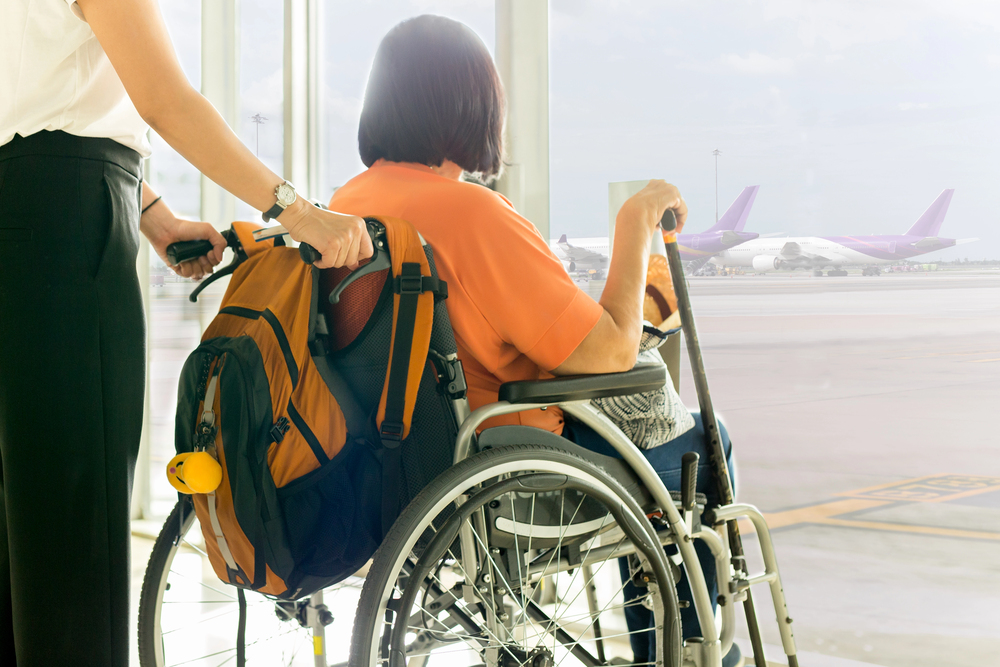
Friends or family may not realize the specific challenges of traveling with a wheelchair, especially in unfamiliar countries. Without clear communication, they might choose restaurants with stairs, book tours that require long walks, or underestimate transfer times.
Setting expectations and sharing accessibility priorities before the trip helps avoid misunderstandings. It also gives companions a chance to help with research and planning. When everyone’s on the same page, the trip runs much more smoothly.
Moving forward with better planning
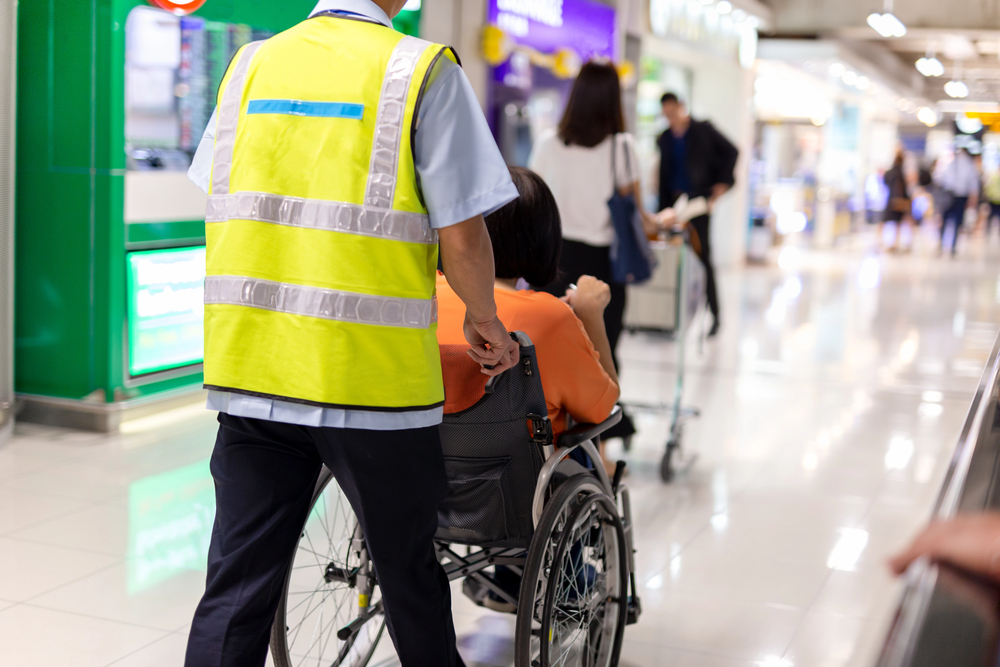
Wheelchair travel can be just as rewarding as any other adventure, but it requires a different level of preparation. Many of these mistakes come from assuming accessibility will be standard everywhere—which often isn’t the case.
By double-checking logistics, confirming details with providers, and preparing for the unexpected, travelers can avoid major disruptions. Every trip becomes an opportunity to refine the process and build confidence for the next journey. With each adjustment, mobility and exploration go hand in hand more seamlessly.
More from Travel Pug

- 20 Best Beach Towns in the Carolinas
- 13 Destinations Where Tourists Regularly Regret Their Trip
- 20 Things You Actually Get in First Class
- 20 Small Airports With Aviation Museums
- 20 Places in the U.S. That Are Perfect for a Reset Trip
Like Travel Pug’s content? Follow us on MSN.
